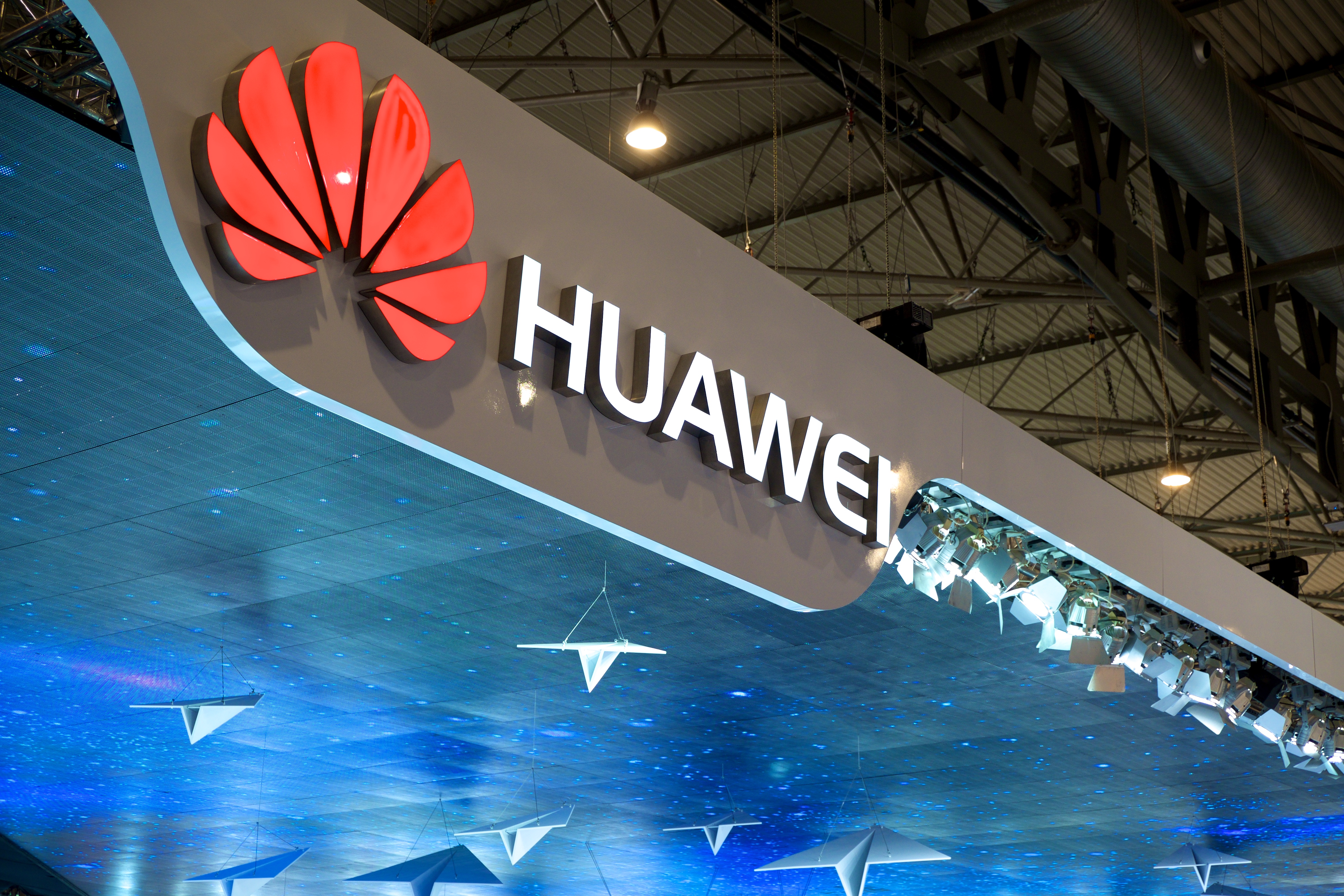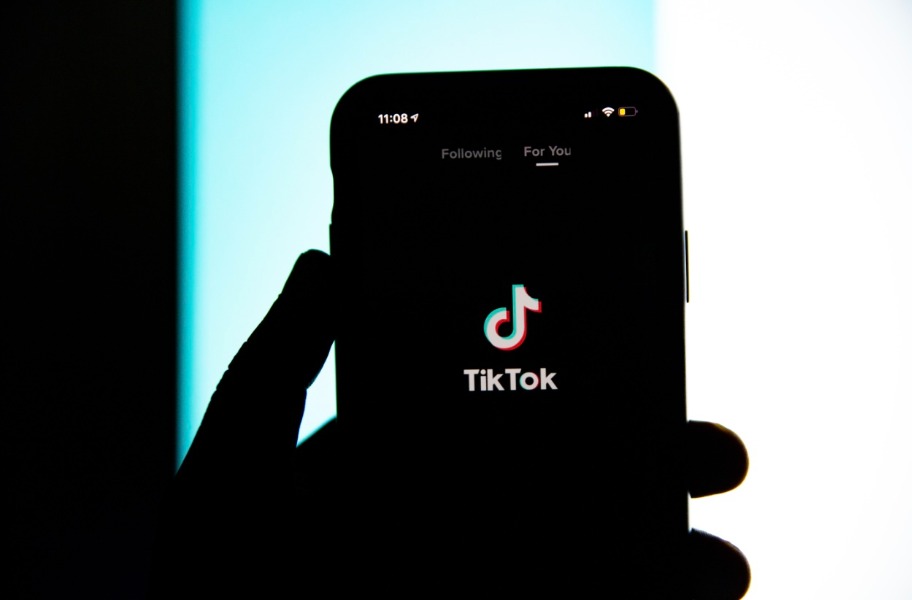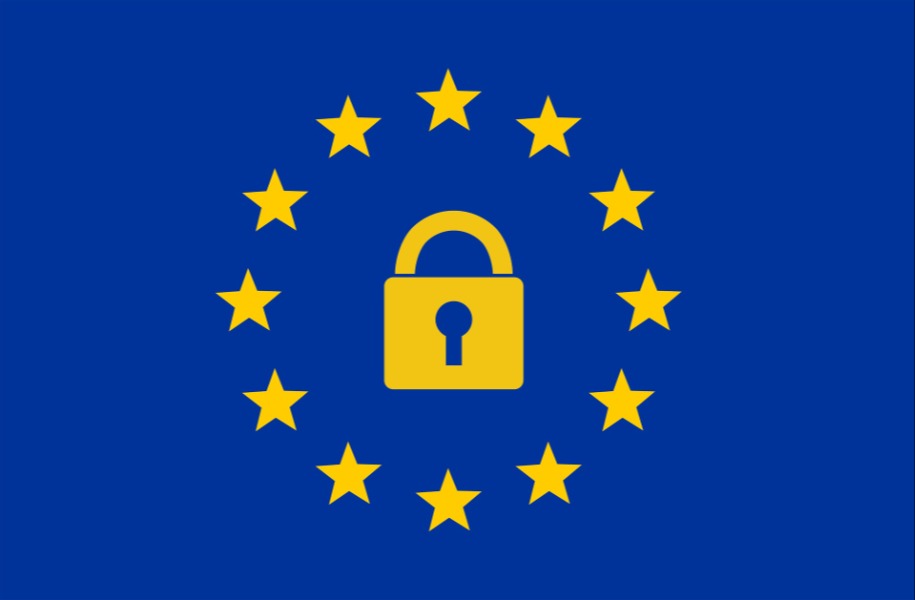The Strategic Vision Behind the TikTok, WeChat Bans
The latest moves are part of a comprehensive strategy to purge anything Chinese from the U.S. telecommunications and internet ecosystem.

Published by The Lawfare Institute
in Cooperation With

One could be forgiven for looking at the frenzy of administration actions to ban TikTok and WeChat and wondering whether they’re connected to any broader plan. But a statement last week by Secretary of State Mike Pompeo situates the latest moves as part of a comprehensive strategy to purge anything Chinese from the U.S. telecommunications and internet ecosystem and to degrade the attractiveness of Chinese-made communications products and services to overseas buyers as well.
On August 5, Pompeo announced a set of five initiatives:
● Clean Carrier: Ensuring that Chinese carriers are not connected with U.S. telecommunications networks.
● Clean Store: Removing Chinese applications from U.S. mobile app stores.
● Clean Apps: Preventing Chinese smartphone manufacturers from pre-installing U.S. apps or making them available for download on their apps store.
● Clean Cloud: Preventing U.S. data from being stored and processed on cloud-based systems offered by Chinese companies.
● Clean Cable: Ensuring that undersea cables connecting the U.S. to the global internet are not subject to compromise.
In announcing the Five Cleans (my term, not his), Pompeo said they build on the 5G Clean Path program that he announced on April 29, 2020. That relatively focused effort is intended to ensure that 5G network traffic entering and exiting U.S. diplomatic facilities does not use any transmission, control, computing or storage equipment from untrusted IT vendors, notably Huawei and ZTE.
But, in fact, the Secretary’s Aug. 5 statement ties together a lot more and gives context to what might otherwise seem disjointed efforts that have been underway for some time. Among the actions that fit within the Clean Network concept:
● The campaign, which long predates the 2016 election and is well on its way to success, of banning Huawei and ZTE equipment from the nation’s telecommunications network.
● The Federal Communications Commission’s 2019 denial of China Mobile’s application to provide international telecommunications services between the U.S. and foreign destinations.
● Team Telecom’s recommendation earlier this year to revoke the authorization of China Telecom (Americas) to provide international services to and from the United States.
The cleanliness campaign is global in its ambitions. It includes the long-running efforts of the U.S. to discourage allies from using Huawei equipment in their 5G buildouts. That effort received a substantial, although at the time perhaps unappreciated, jolt last year with the addition by the Department of Commerce of Huawei to the Entity List, a move that barred U.S. companies from exporting their products to Huawei. While keeping U.S. technology out of Huawei products might do little directly to improve the security of U.S. networks, the move was deemed so detrimental to the long-term quality of Huawei products that the United Kingdom reversed its commitment to using Huawei in its 5G network. More pieces fit into this same campaign. Take, for example, the use of CFIUS review to force Deutsche Telekom and Softbank to remove Huawei equipment from their overseas networks as a condition of approving the T-Mobile-Sprint merger. According to Secretary Pompeo’s Aug. 5 statement, the effort is paying off: “More than thirty countries and territories are now Clean Countries, and many of the world’s biggest telecommunications companies are Clean Telcos.”
Some may find these lists of Cleans eerily reminiscent of Maoist tropes like the Four Olds. And the State Department maybe does take the Clean thing too far, with its talk of “Clean Countries” and its concluding comment in the Aug. 5 statement that the U.S. is working with its allies to build “a Clean fortress around our citizens’ data.” More substantively, the strategy may impose too high a price on U.S. companies. It may drive fragmentation of the internet. But no one can deny that the administration has a plan for where this all is supposed to go.




